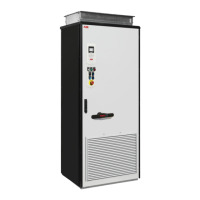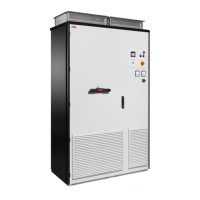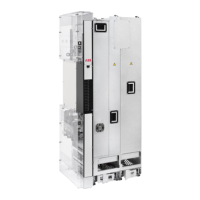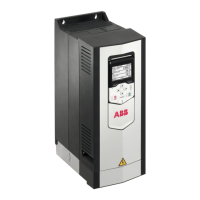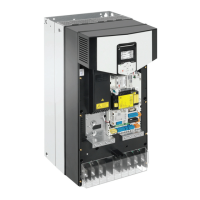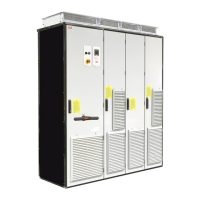4.
Set the gain, integration time, derivation time, and the PID output levels (40.32,
40.33, 40.34, 40.36 and 40.37).
5.
The PID controller output is shown by parameter 40.1. Select it as the source of,
for example, 22.11.
Sleep function for process PID control
The sleep function can be used in PID control applications that involve relatively long
periods of low demand (for example, a tank is at level), During such periods, the sleep
function saves energy by stopping the motor completely, instead of running the motor
slowly below the efficient operating range of the system. When the feedback changes,
the PID controller wakes the drive up.
Note: The sleep function is disabled when mechanical brake control (see page 76) is
active.
Example: The drive controls a pressure boost pump. The water consumption falls at
night. As a consequence, the process PID controller decreases the motor speed.
However, due to natural losses in the pipes and the low efficiency of the centrifugal
pump at low speeds, the motor would never stop rotating. The sleep function detects
the slow rotation and stops unnecessary pumping after the sleep delay has passed.
The drive shifts into sleep mode, still monitoring the pressure. The pumping resumes
when the pressure falls under the wake-up level (setpoint - wake-up deviation) and the
wake-up delay has passed.
Program features 73
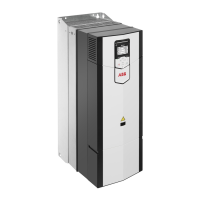
